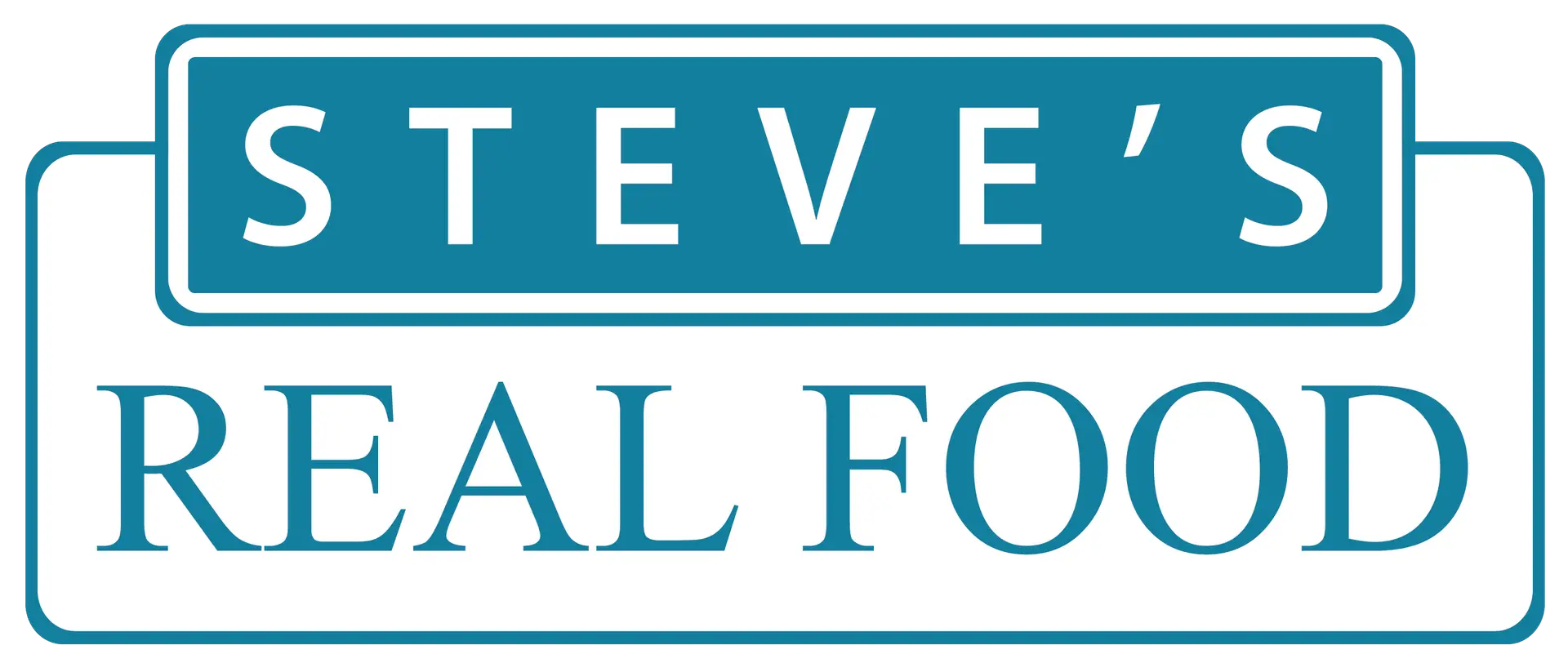Feeding Puppies Your Guide to Optimal Nutrition and Well-Being
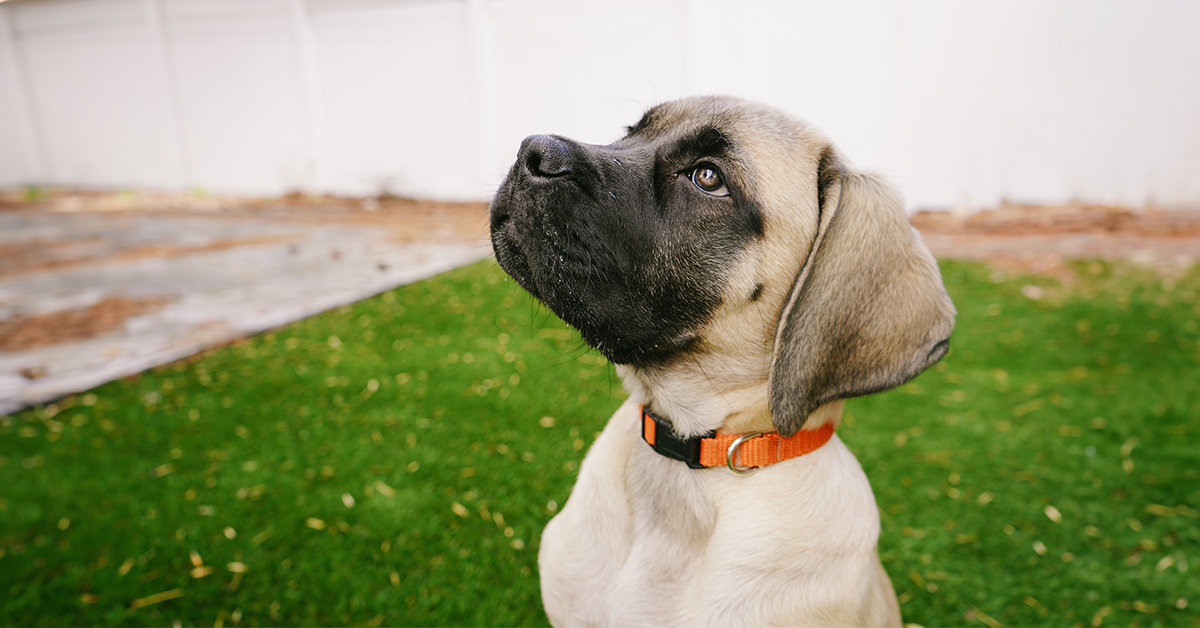
Discover essential tips on feeding puppies for optimal health and vitality. Learn about the best food choices, transitioning, general feeding tips, and tailoring feeding plans based on breed size. Start your puppy’s journey to a vibrant life with our comprehensive guide.
Prebiotics, Probiotics, and Postbiotics for Dogs and Cats
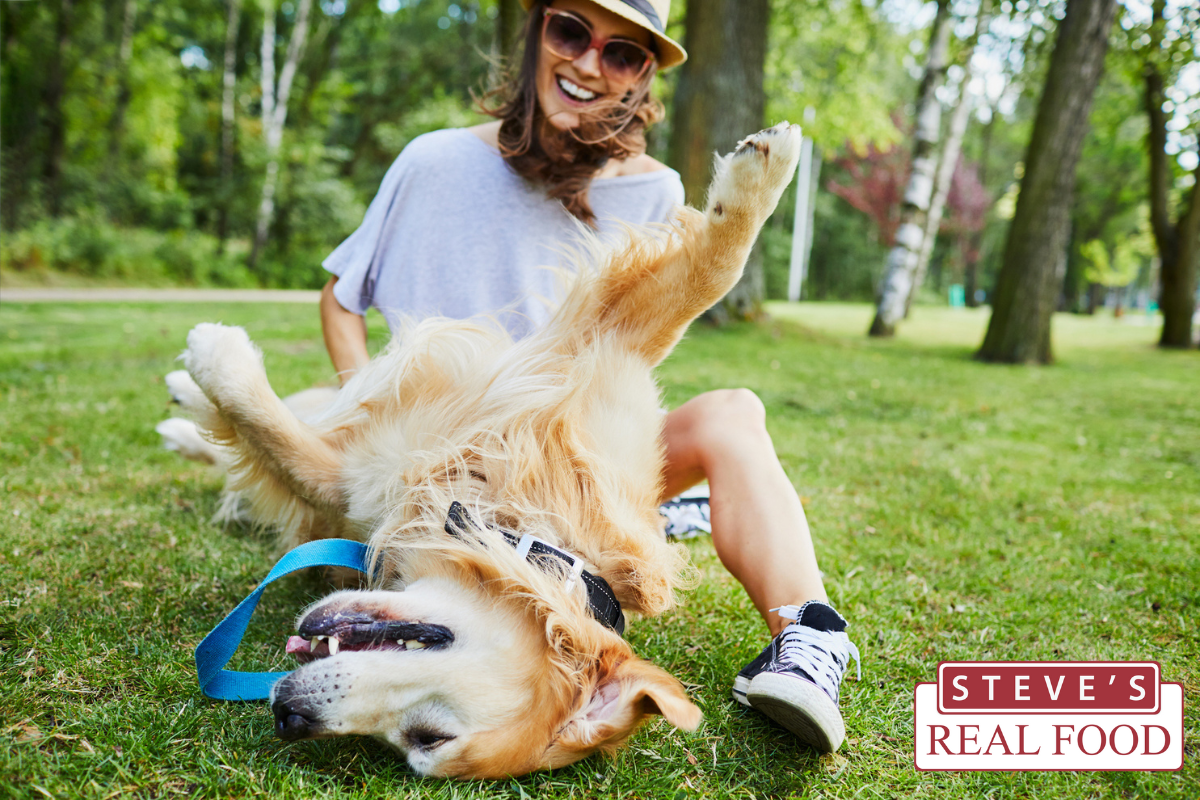
gut health is one of the most critical aspects of overall health. With over 70% of your pet’s immune system residing in their digestive tract, one of the most impactful things we can do is support their gut.
Food Safety Program Update
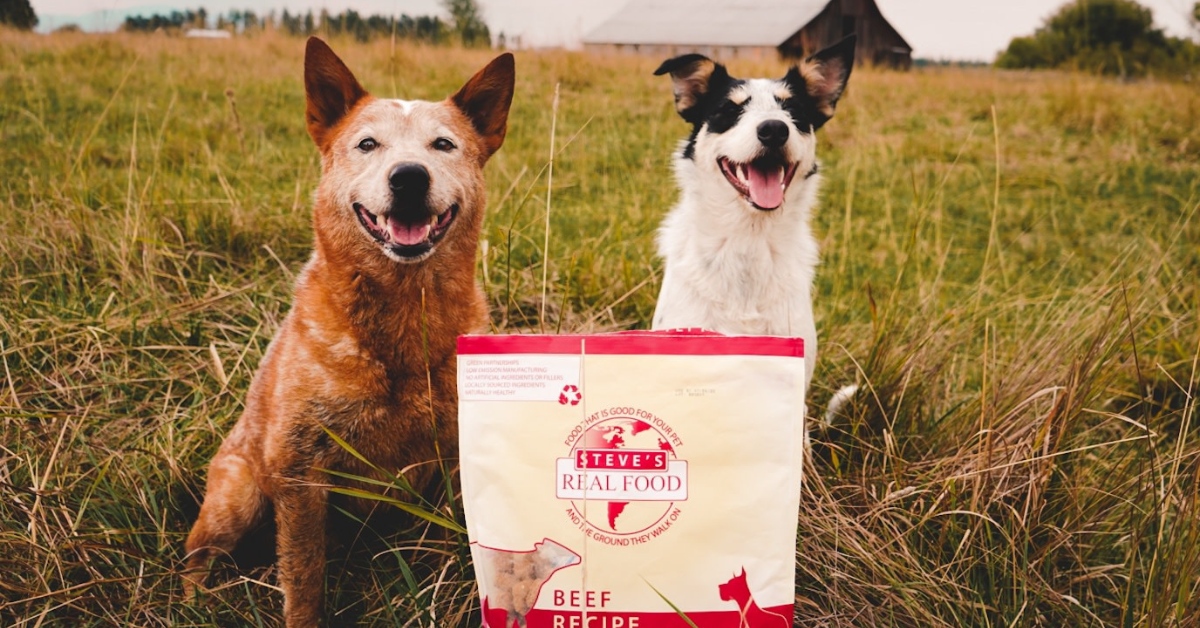
We have spent 2 years evaluating different options for our food safety program, from test-and-hold procedures to pathogen-targeted probiotic sprays, to HPP. We have decided to use HPP for all our formulas.
Feeding Picky Cats, Food Rotation & Introducing New Foods
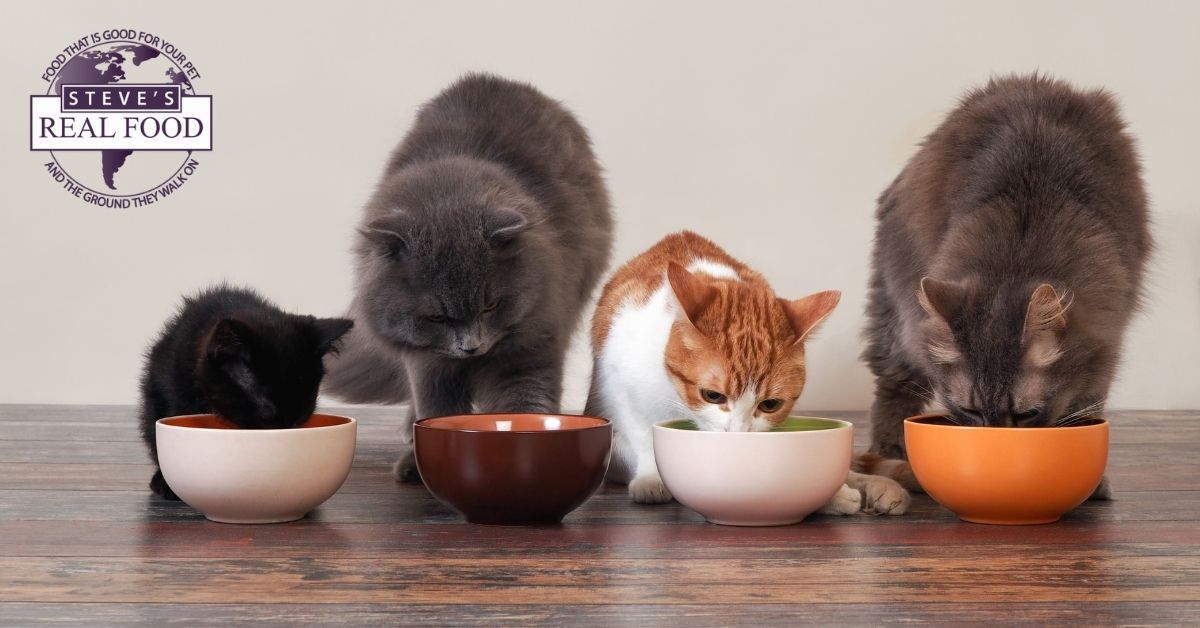
You’re at your local independent pet retailer to pick up cat food. These days you don’t bother with dry kibble and speed past it straight to the canned food, nothing but the best for your kitty (you’ve heard great things about raw, maybe next time). A new canned food catches your eye and even though it’s a little more expensive than you’re used to, you spring for a few cans in various flavors like “beef wellington” and “chicken a la king” because your cat is going to LOVE it!
The Difference in Nutritional Requirements for Cats and Dogs
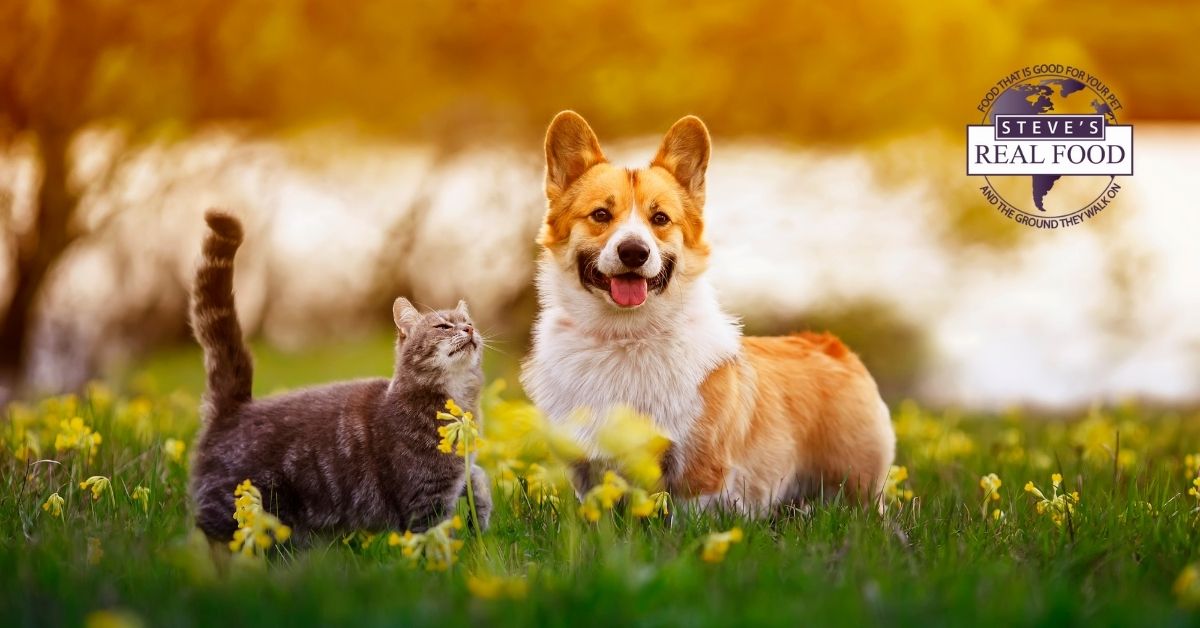
It’s undeniable; dogs and cats have captured the hearts of millions. Whether you pair ‘em together or think of them as opposites, the two undoubtedly go hand in hand. Or do they? Even though they have many similarities, they have less in common than one might realize. That’s because many of their differences are hiding beneath the surface and these differences impact many things. Today, we’re going to highlight nutritional requirements for cats and dogs. Understanding nutritional differences allow us to make better choices when deciding what to feed our pets. This is important because, despite their differences, their whole health is what matters – inside and out.
Benefits of Chia Seeds for Your Pet!
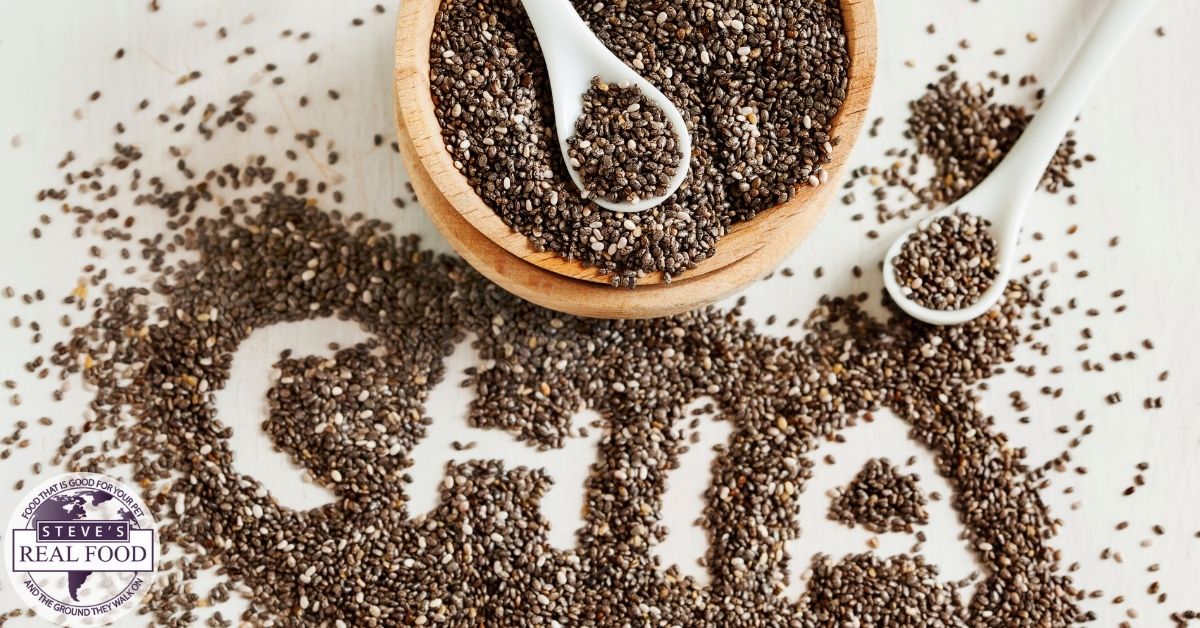
Walk into any health food store, or shop the natural food section of your local grocer and you will find many products that contain chia seeds. They are sold in bulk bins, added to yogurts, baked into desserts, included in drinks, and often found in granolas and cereals. With so many products made for humans that include chia seeds, it only makes sense that we would also see them show up in pet foods. But why? What does this little blackish seed have going for it that makes so many people, and pets, want to add it to their diet?
Give Your Dog a Bone!
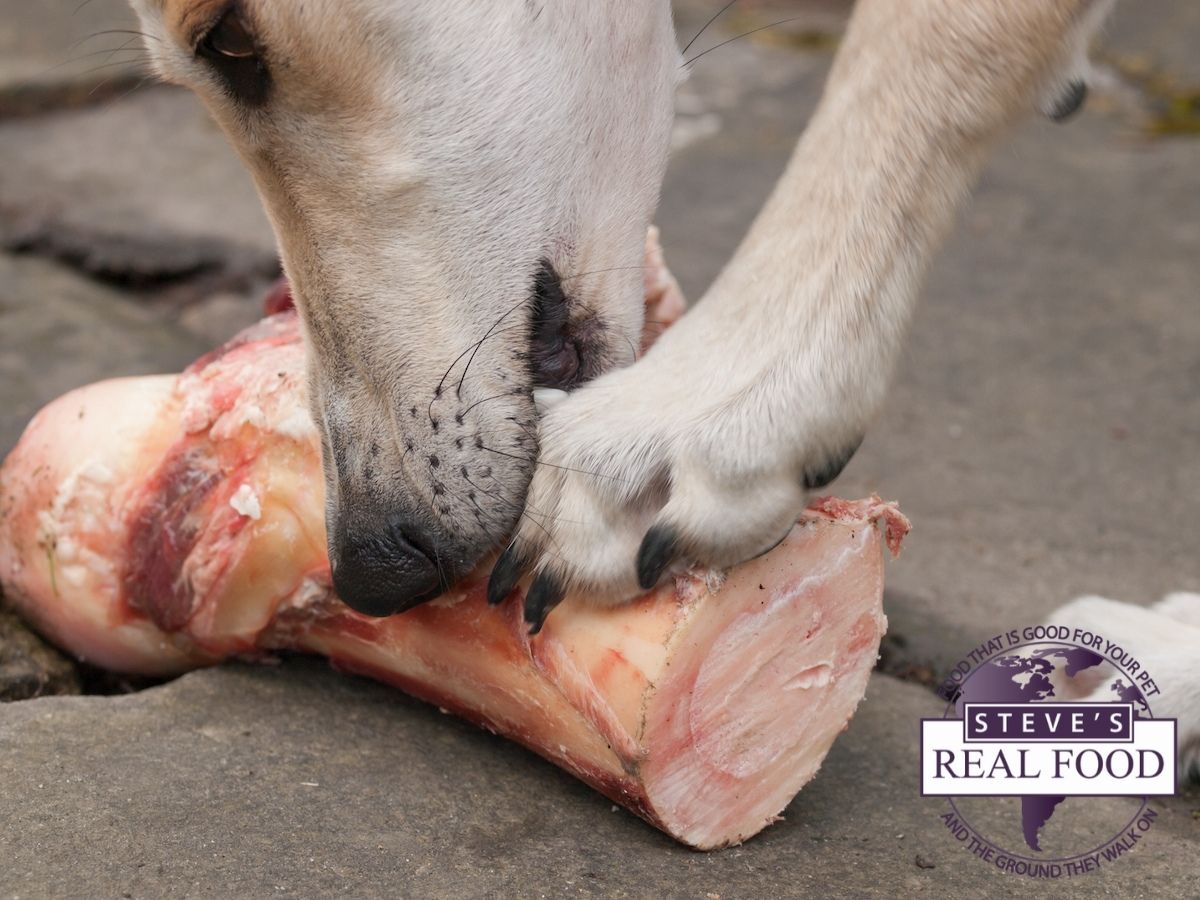
Dogs have both a physical and psychological need to chew. If not provided with a safe, approved chewing option, they will seek out and find things that we may not want them to!
Puppies start exploring their world with their mouths and will chew on almost anything they can find. As they grow, chewing can help with pain caused by incoming teeth. The action of chewing is also a great exercise for the jaw and helps the teeth grow in proper alignment.
Cats Need Moisture
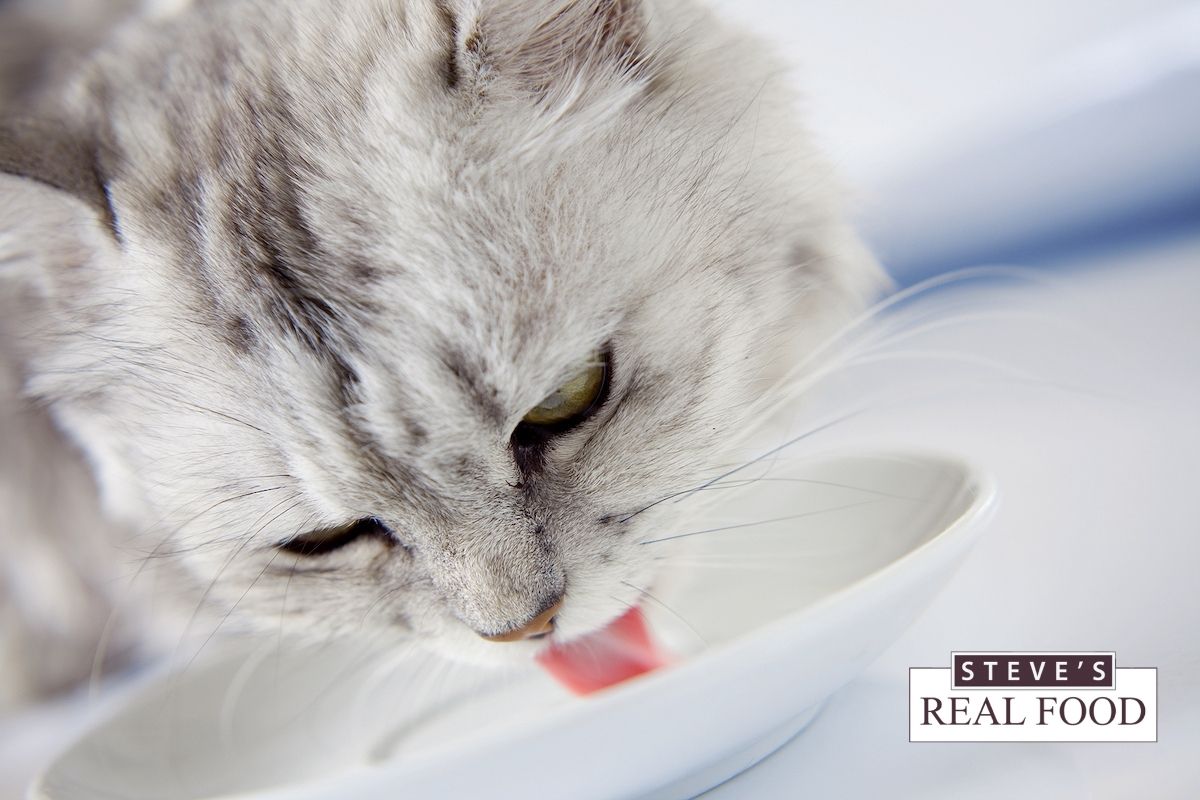
My cat is fine, he drinks a lot of water”. I have heard this so many times when I bring up cats and their unique need for moisture in their diet. If a cat is constantly at the water bowl, that is a pretty good indicator he is dehydrated!
Our modern house cat is a direct descendent of the African Wildcat. In fact, they have indistinguishable DNA, so we know our cats developed in a very arid climate where freshwater wasn’t easy to come by. They evolved to get their moisture needs met through diet rather than by drinking water.
Emu Gotta Hear About This!
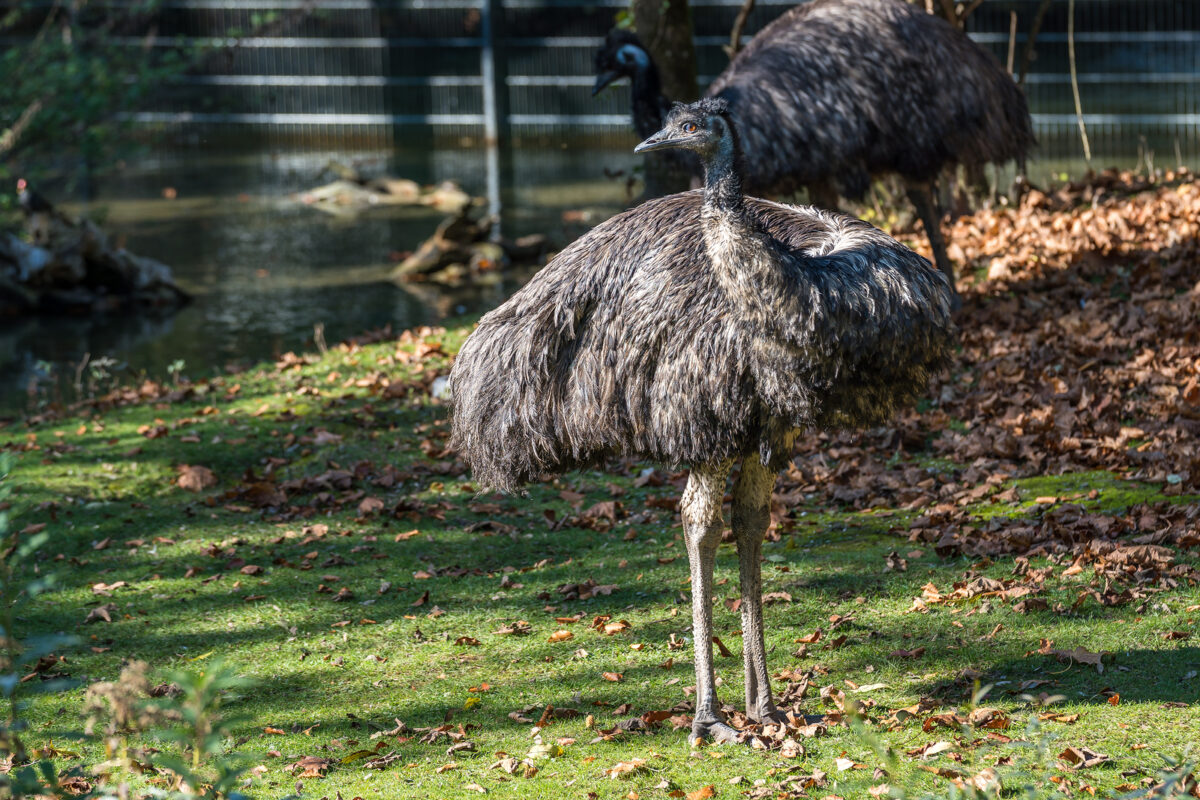
Why emu, you ask? Let’s take a closer look at the flightless “bird” to see why it is such a good choice for your pets.
Why Kelp is Great for Dogs
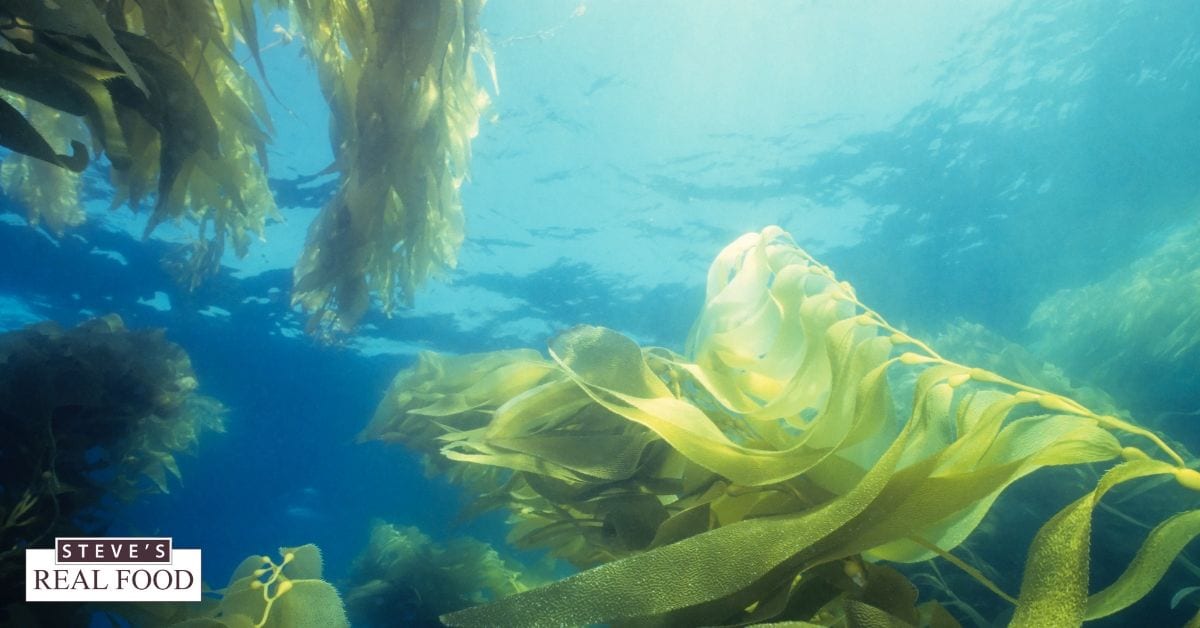
While other plants from the sea are nutritious for dogs, kelp contains 60 different minerals and vitamins and 21 amino acids, making it a great ingredient to have in dog food.
